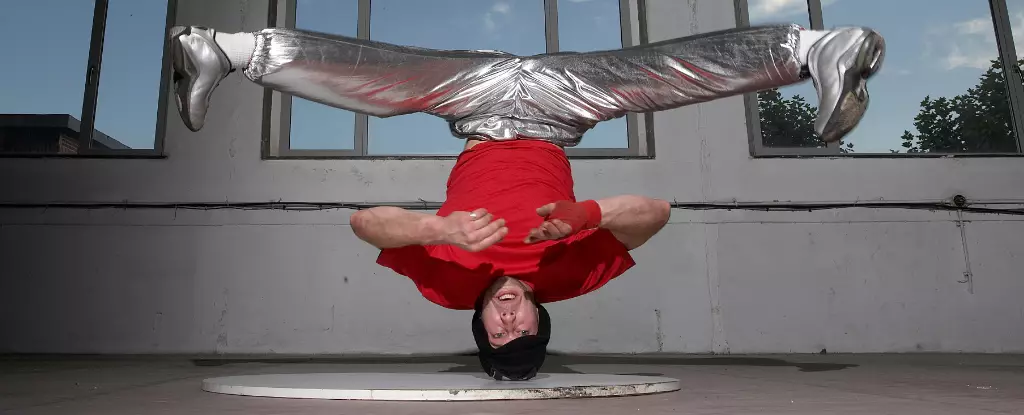Breakdancing, often seen as a vibrant expression of creativity and athleticism, emerged as a dynamic art form in the late 1970s and gained immense popularity throughout the 1980s and 1990s. With its roots deeply embedded in urban culture, the dance style caught the attention of mainstream audiences through films and music videos, establishing itself as a global phenomenon. However, behind the captivating spins and intricate footwork lies a serious concern that doesn’t often surface in discussions about this exciting dance style: the physical toll it can take on the body.
A recent medical report highlights a rare but real condition among experienced breakdancers, termed “headspin hole.” This condition has emerged from the rigorous demands of the dance, particularly the headspin, a signature move that requires dancers to spin on their heads. The repetitive motion can lead to the formation of a cone-shaped mass on the scalp, a condition that raises concerns for those seeking to perfect their craft.
This abnormal growth indicates the body’s natural defense mechanism. The epicranial aponeurosis, a connective tissue layer surrounding the skull, thickens in response to the friction and pressure exerted during headspins. This thickening, coupled with the buildup of fat under the skin, leads to the prominent lump associated with “headspin hole.” Notably, about 30% of breakdancers also experience hair loss, scalp inflammation, and in more severe cases, chronic pain in the affected region.
Beyond the Cone Shape: The Broader Spectrum of Injuries
The challenges faced by breakdancers extend well beyond the peculiarities of a deformed head. The nature of breakdancing—a physically demanding art form—subjects practitioners to an array of potential injuries, particularly in the wrists, knees, hips, ankles, and elbows. Moves like the “windmill” and “backspin,” while visually stunning, can result in conditions such as bursitis, which affects the protective sacs around the spine.
More serious injuries can occur, as illustrated by the gravely concerning case of a breakdancer who suffered a broken neck yet thankfully emerged without severe complications. This stark reality highlights the inherent risks dancers face while performing high-impact moves and complicated transitions that can easily result in devastating injuries.
Interestingly, the phenomenon of conical heads is not limited to seasoned dancers. Newborns can also present with conical head shapes due to various birthing processes. As infants traverse through the birth canal, their soft skulls may become compressed, resulting in a temporary alteration in head shape often referred to as “cone-head.” While this typically resolves shortly after birth, other conditions like caput succedaneum and cephalohematoma can lead to more pronounced variations that might necessitate medical attention.
Caput succedaneum occurs when fluid accumulates under the skin during delivery, while cephalohematoma involves bleeding between the skull and its outer covering. Both conditions are most common among newborns, especially those delivered with vacuum assistance. The differences in these conditions underscore how significant forces applied during pivotal life stages can manifest in physiological adaptations.
Though breakdancing inherently involves risk, awareness and preventative measures can help cushion the blow, literally and figuratively. Recent studies suggest that the use of protective equipment could significantly reduce the incidence of injuries. Just as helmets are crucial in various contact sports, similar protective gear for breakdancers can offer vital support and safety.
In addition to physical safeguards, education about technique and the body’s response to repetitive stress is crucial. Dancers and instructors should encourage practices that promote proper technique, which can mitigate the strain on vulnerable areas such as the neck and spine.
While breakdancing continues to serve as a creative outlet for many, an understanding of the associated health risks is essential. From the peculiar “headspin hole” to the broader spectrum of injuries reflective of the high-energy demands of the dance form, it’s evident that breakdancers must balance their artistic pursuits with informed awareness about their bodies. No dance is without its dangers, and as breakdancing enters new arenas, including important events like the Olympics, addressing these physical challenges will be crucial for the health and longevity of dancers around the globe.


Leave a Reply